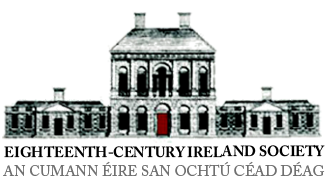Type: Article
Mounsey, Chris. ‘Oliver Goldsmith and John Newbery’, Eighteenth-century Ireland/Iris an dá chultúr, Vol. 13 (1998), pp 149-158.
This article gives an account of London publisher John Newbery’s business relationship with Oliver Goldsmith. Mounsey considers Newbery’s dealings with Goldsmith and other authors including Johnson, Smart and Dodd, and refutes John Ginger’sportrait of Newbery as a ‘Good Samaritan’, with whom Goldsmith was fortunate to be associated. On the contrary, an assessment of Newbery’s business accounts reveals that his authors were low paid, and that Newbery forced them into a position in which they were in debt him. Mounsey concludes that in the eighteenth-century it was common that ‘the newly educated bourgeois writers writing for money had to dance to their publisher’s tune and their works should be read accordingly’. In Goldsmith’s case, Newbery’s influence was so strong that we should, perhaps review the idea that Goldsmith’s works genuinely reflect his own views. When Newbery died and Goldsmith moved out of Islington prison, it must have been a joy to him ‘to regain control over his life and work’.
